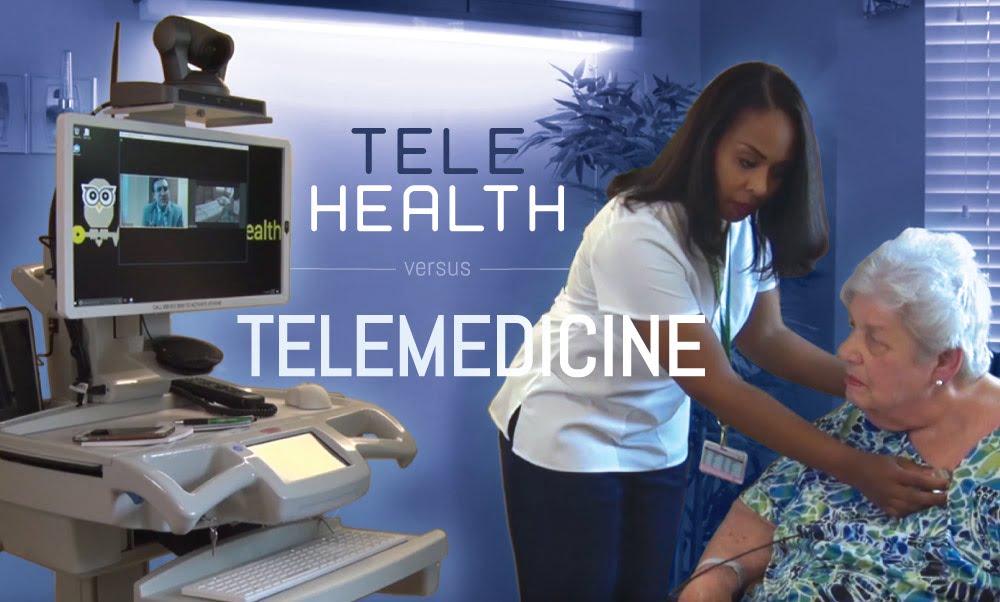COVID-19 has caused non-emergency medical services to close down for several weeks – this has made people start turning to online alternatives and start to utilize virtual appointments and telehealth services. In March 2020 alone, the Cleveland Clinic logged over 18 times their normal average monthly telemedicine visits – an astounding 60,000 visits were recorded. Numbers across the board of telehealth are skyrocketing. Zipnosis, over the course of 11 days in just February, saw a 3,600% increase in virtual visits, CareClix, which has over 20 million users, in March alone as a 50% rise in usage.
Nearly a century before COVID-19 introduced a whole new need for remote healthcare, telehealth ideas were starting to be explored. In 1924, an illustration was featured on Radio News Magazine of a physician attending to a patient via video. The University of Miami’s medical school in 1967 developed a way to work with the local fire department to transmit emergency patient data over radio. 21st century tech, such as video conferencing, data monitoring, and smartphone apps have all started to allow better remote health care.
But, as with any new change, some are not on board with remote healthcare. Only 2 out of every 10 doctors plan to implement virtual appointments, and of those that will, a third are concerned on how they can keep patient data secure. Just 1 out of every 10 hospitals say that they have the tech for a large scale implementation of effective remote healthcare and without proper training, 36% of physicians worry about increased medical errors.
Telemedicine can provide medical services via virtual visits and utilization of diagnostic tools. Telemedicine can also prevent unnecessary emergency room visits, decrease costly and avoidable hospital readmissions, and gives physicians the ability to check on patients 24/7.
Learn more about the differences between telehealth and telemedicine here:


